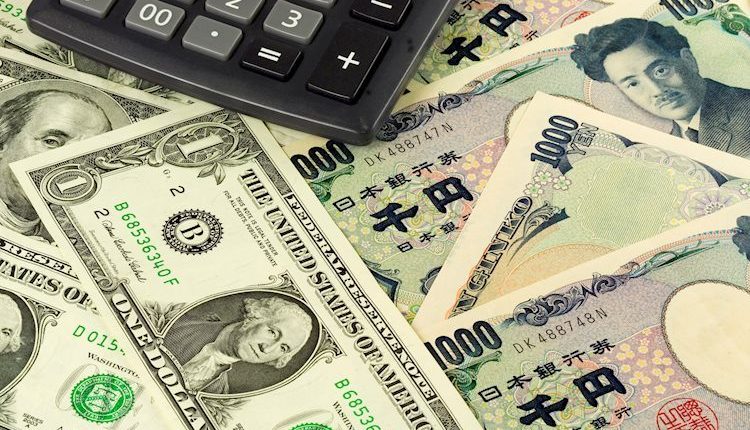- USD/JPY drifts lower for the second straight day and slides back closer to a one-month low.
- The divergent BoJ-Fed policy expectations turn out to be a key factor exerting some pressure.
- Traders seem reluctant to place aggressive bets ahead of the release of the key US CPI report.
The USD/JPY pair remains under some selling pressure for the second successive day on Wednesday, albeit finds some support near the 142.00 mark and recovers a few pips in the last hour. Spot prices currently trade around the 142.30 region, well within the striking distance of a one-month low touched last week.
This downfall is sponsored by the divergent monetary policies between the Bank of Japan (BoJ) and the Federal Reserve (Fed), which continues to prompt the unwinding of carry trades and driving flows towards the Japanese Yen (JPY). In fact, BoJ Governor Kazuo Ueda reaffirmed the commitment to keep raising interest rates if the Japanese economy meets the central bank’s economic forecasts through FY2025.
In contrast, the markets have fully priced in a 25 basis points (bps) interest rate cut by the Fed at its upcoming policy meeting on September 17-18. This, in turn, fails to assist the US Dollar (USD) to capitalize on its gains registered over the past three days. Apart from this, the cautious market mood is seen benefitting the JPY’s relative safe-haven status and exerting some downward pressure on the USD/JPY pair.
The aforementioned fundamental backdrop favors bearish traders and suggests that the path of least resistance for spot prices is to the downside. Investors, however, might prefer to wait for the release of the crucial US Consumer Price Index (CPI) report for cues about the Fed’s rate-cut path. This will play a key role in influencing the near-term USD price dynamics and provide a fresh directional impetus to the USD/JPY pair.
Japanese Yen FAQs
The Japanese Yen (JPY) is one of the world’s most traded currencies. Its value is broadly determined by the performance of the Japanese economy, but more specifically by the Bank of Japan’s policy, the differential between Japanese and US bond yields, or risk sentiment among traders, among other factors.
One of the Bank of Japan’s mandates is currency control, so its moves are key for the Yen. The BoJ has directly intervened in currency markets sometimes, generally to lower the value of the Yen, although it refrains from doing it often due to political concerns of its main trading partners. The current BoJ ultra-loose monetary policy, based on massive stimulus to the economy, has caused the Yen to depreciate against its main currency peers. This process has exacerbated more recently due to an increasing policy divergence between the Bank of Japan and other main central banks, which have opted to increase interest rates sharply to fight decades-high levels of inflation.
The BoJ’s stance of sticking to ultra-loose monetary policy has led to a widening policy divergence with other central banks, particularly with the US Federal Reserve. This supports a widening of the differential between the 10-year US and Japanese bonds, which favors the US Dollar against the Japanese Yen.
The Japanese Yen is often seen as a safe-haven investment. This means that in times of market stress, investors are more likely to put their money in the Japanese currency due to its supposed reliability and stability. Turbulent times are likely to strengthen the Yen’s value against other currencies seen as more risky to invest in.
Read the full article here

